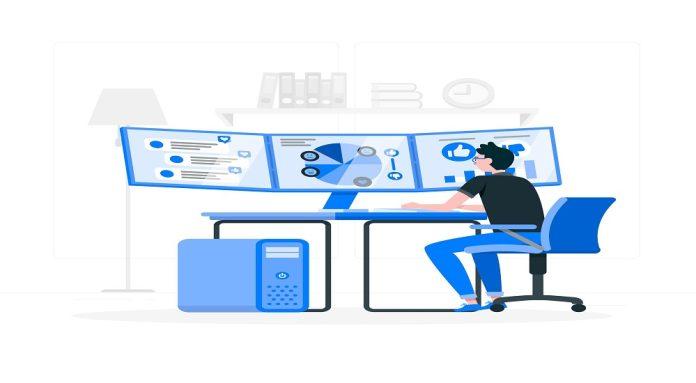In today’s fast-paced business landscape, staying ahead of market trends and customer preferences is crucial for maintaining a competitive edge. Demand planning and forecasting tools have emerged as indispensable resources for businesses to make informed decisions, optimize inventory management, and ensure seamless operations. In this article, we’ll delve into the significance of demand planning software and forecasting tools, exploring how they can revolutionize the way companies approach their supply chain and overall business strategy.
Understanding Demand Planning and Forecasting
Demand planning is the process of predicting future customer demand for a product or service, enabling businesses to align their resources and operations accordingly. On the other hand, forecasting involves estimating future demand based on historical data and various external factors, such as economic trends, seasonality, and market conditions. The integration of both demand planning and forecasting lays the foundation for effective decision-making, risk reduction, and enhanced overall business efficiency.
The Role of Forecasting Tools
Forecasting tools play a pivotal role in helping businesses anticipate market fluctuations, customer preferences, and demand patterns. These tools utilize advanced algorithms and statistical models to analyze historical data and generate accurate predictions. By leveraging these insights, companies can streamline production processes, optimize inventory levels, and reduce the risk of stockouts or overstock situations. Moreover, forecasting tools empower organizations to allocate resources effectively and allocate budgets efficiently.
Benefits of Demand Planning Software
- Optimized Inventory Management:
One of the primary advantages of demand planning software is its ability to fine-tune inventory management. By accurately predicting demand fluctuations, businesses can maintain optimal stock levels, ensuring they neither run out of products nor accumulate excess inventory that ties up capital.
- Cost Efficiency:
Demand planning software enables cost-effective resource allocation. With accurate forecasts, companies can adjust their procurement, production, and distribution strategies, minimizing unnecessary expenses and maximizing profitability. - Enhanced Decision-Making:
Informed decisions are the cornerstone of business success. Demand planning software equips decision-makers with real-time insights into market trends and customer behavior, enabling them to make strategic choices that align with demand fluctuations. - Customer Satisfaction:
Satisfied customers are at the heart of any thriving business. By accurately predicting demand, companies can meet customer expectations consistently, ensuring products are available when and where they are needed. - Collaboration and Communication:
Demand planning software often comes with collaborative features, facilitating communication and information sharing among various departments. This fosters a more integrated approach to business operations and minimizes information gaps.
Choosing the Right Demand Planning Software
Selecting the appropriate demand planning software is a critical step towards reaping its benefits. Here are some key factors to consider:
- Scalability:
The software should be able to accommodate your business’s growth and changing needs. - Integration:
Look for software that can seamlessly integrate with your existing systems, such as Enterprise Resource Planning (ERP) software. - Data Accuracy and Analytics:
The software’s forecasting capabilities rely heavily on the accuracy of historical data and the sophistication of its analytical tools. - User-Friendly Interface:
A user-friendly interface is crucial for ensuring that your team can effectively utilize the software without extensive training. - Customization:
Different businesses have different demands. A software that allows customization to suit your specific industry and business model is invaluable.
The Future of Demand Planning and Forecasting
As technology continues to evolve, so does the field of demand planning and forecasting. The future holds exciting possibilities with the integration of artificial intelligence (AI) and machine learning (ML) algorithms. These technologies can enhance the accuracy of predictions by identifying complex patterns within large datasets, enabling businesses to make even more informed decisions.
Additionally, demand planning and forecasting tools are likely to become more interconnected with other business processes. Integration with supply chain management, production planning, and sales analytics will create a holistic approach to business optimization.
Conclusion
In the age of rapid technological advancement and ever-changing consumer preferences, demand planning and forecasting tools have transformed from being optional to being essential for businesses across industries. The ability to anticipate market trends and fluctuations empowers companies to make strategic decisions, minimize risks, optimize inventory, and enhance customer satisfaction. When selecting demand planning software, it’s crucial to consider factors like scalability, integration, and data accuracy to ensure that your chosen tool aligns with your business goals and objectives. As we look to the future, the integration of AI and machine learning will likely propel these tools to new heights, further solidifying their role in shaping successful business strategies.
